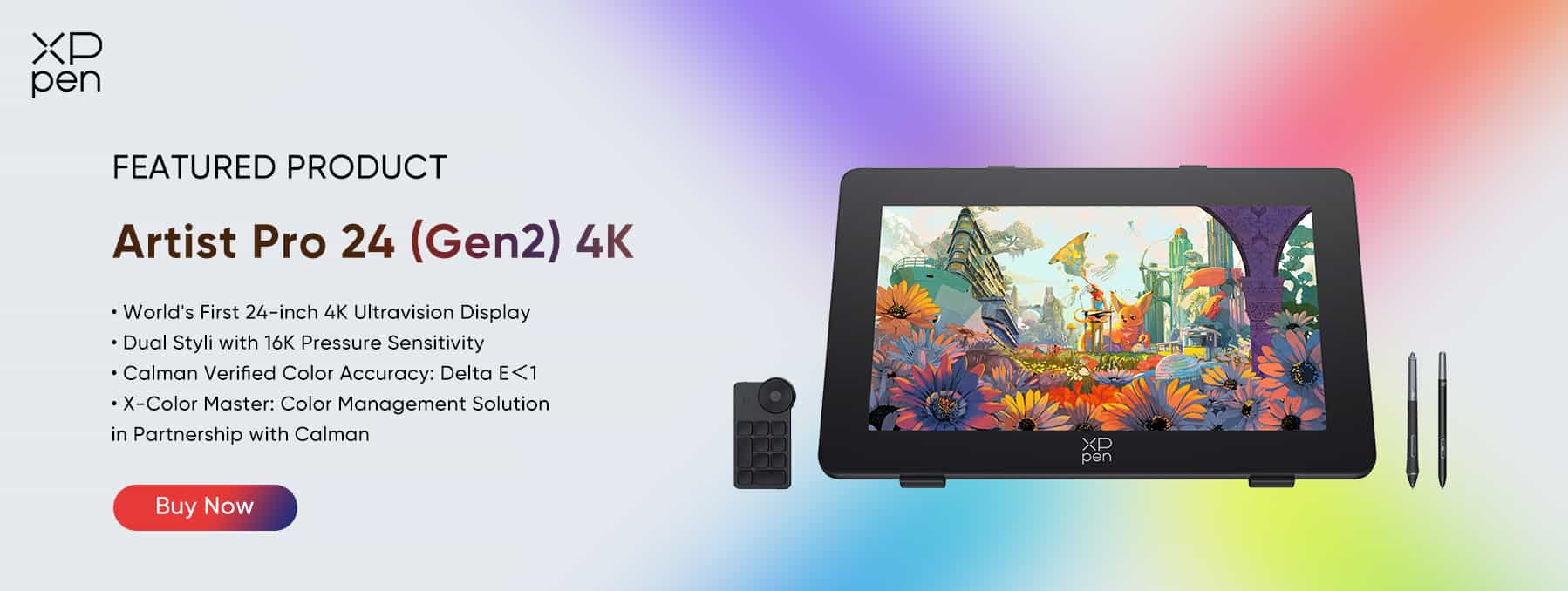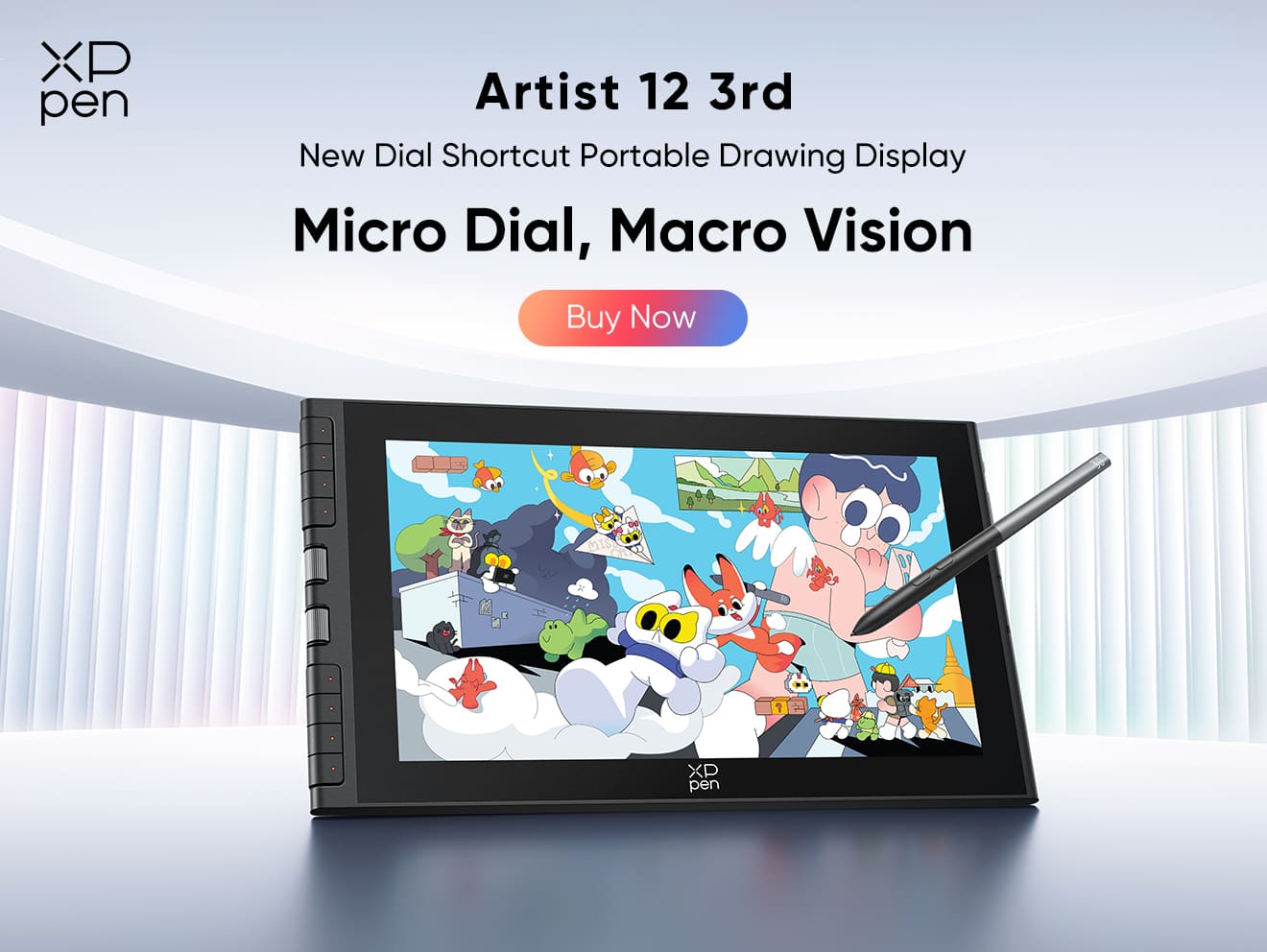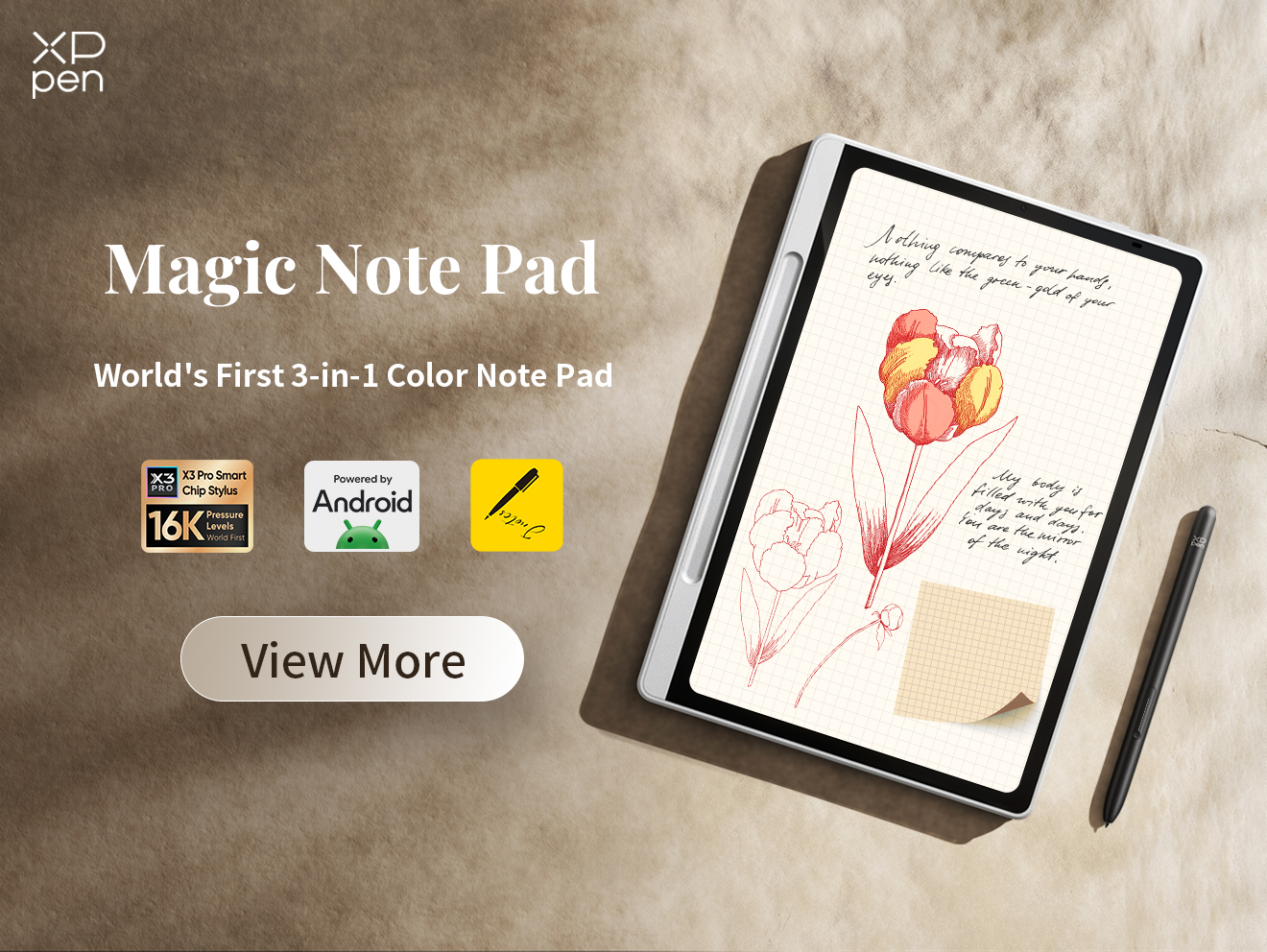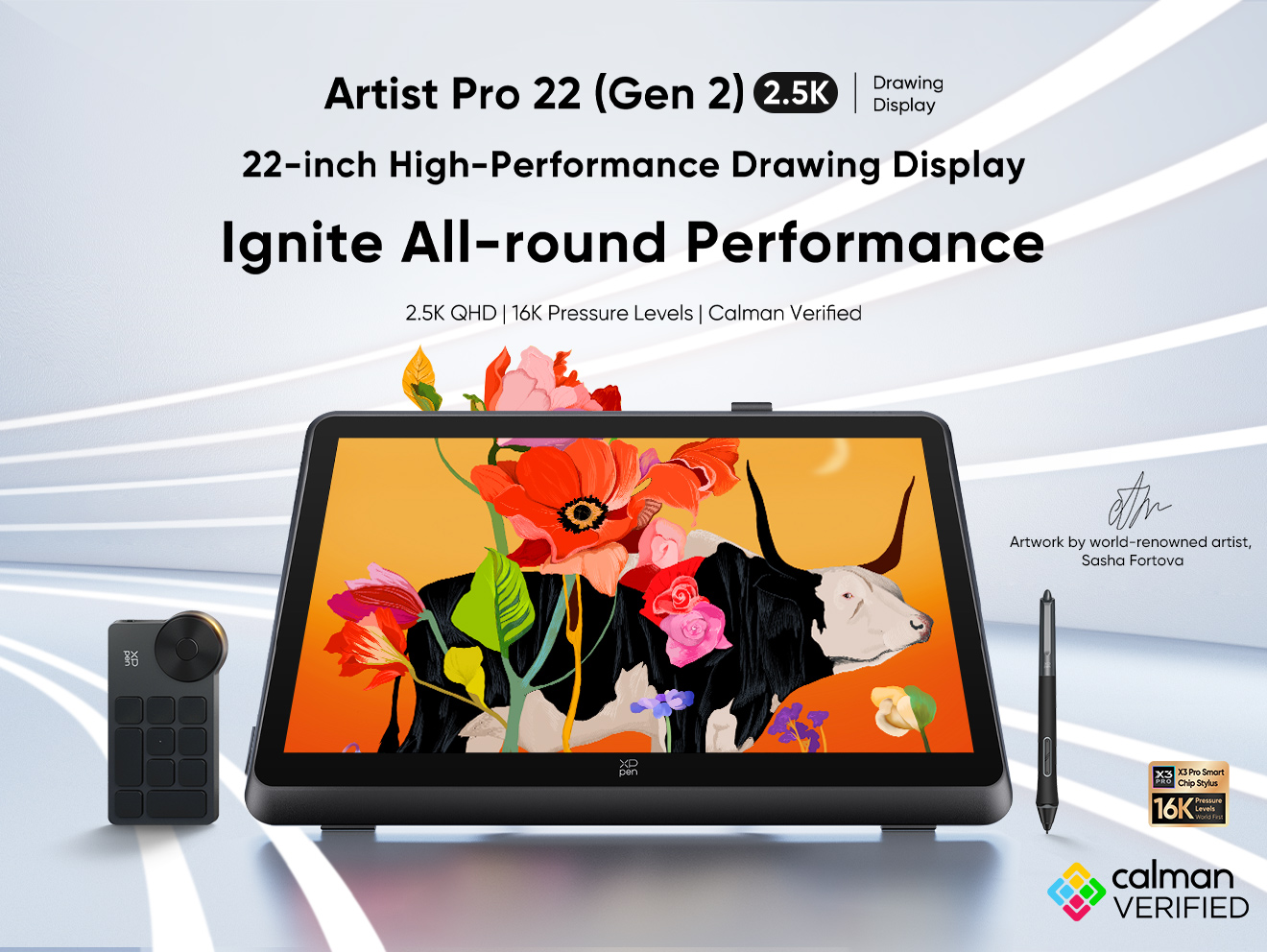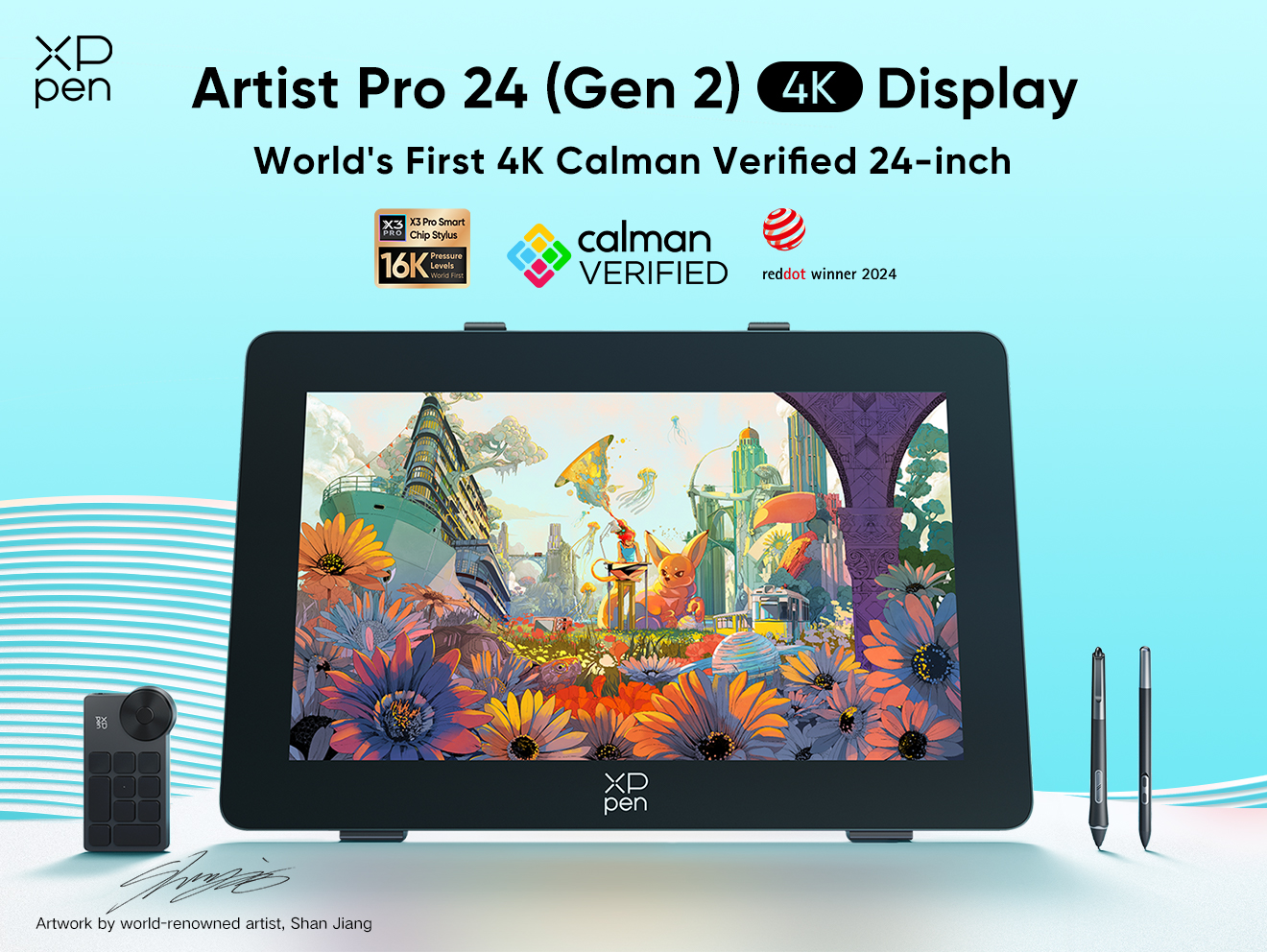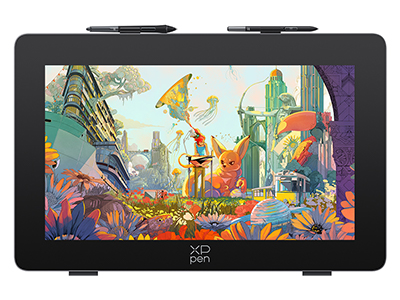
HDMI vs DisplayPort: Which Connection Reigns Supreme for Your Setup?
KNOWLEDGEIntroduction
When it comes to setting up a display, your choice of connection matters more than you might think. The cable you use affects resolution, refresh rate, and color accuracy—all critical factors for gaming, professional design, and entertainment. Two contenders dominate this space: HDMI and DisplayPort. While both deliver excellent performance, each excels in different scenarios depending on your devices and needs.
Understanding the Basics
HDMI (High-Definition Multimedia Interface)
HDMI was introduced in the early 2000s and quickly became the universal connection standard for consumer electronics. You’ll find HDMI ports on TVs, gaming consoles, laptops, projectors, and streaming devices.
Key strengths of HDMI include:
Versatility: Works across a wide range of devices, from home entertainment to gaming.
Built-in audio support: Video and audio travel through a single cable, eliminating clutter.
CEC (Consumer Electronics Control): Lets you control multiple connected devices (like a TV and soundbar) with a single remote.
DisplayPort
Developed with computers in mind, DisplayPort is widely used for PC monitors, professional graphics work, and multi-display setups. It hasn’t become as common in TVs or consoles, but it’s the standard for high-performance PC connections.
Key strengths of DisplayPort include:
Higher bandwidth: Enables higher resolutions and refresh rates compared to HDMI versions released around the same time.
Daisy chaining: Supports multiple monitors connected through a single DisplayPort output.
Adaptive sync: Works seamlessly with gaming technologies like AMD FreeSync and NVIDIA G-Sync to reduce screen tearing.
Key Technical Differences
| Feature | HDMI | DisplayPort |
|---|---|---|
| Max Resolution & Refresh | Up to 8K@60Hz (HDMI 2.1) | Up to 8K@60Hz (DP 1.4), 16K@60Hz (DP 2.1) |
| Bandwidth | 48 Gbps (HDMI 2.1) | 80 Gbps (DP 2.1) |
| Adaptive Sync Support | HDMI VRR (2.1) | FreeSync & G-Sync Compatible |
| Audio Transmission | Yes | Yes |
| Cable Length Performance | Better over short distances | Better over longer distances |
Which Is Better for Different Setups?
For Gaming
HDMI 2.1 is perfect for next-gen consoles like the PlayStation 5 and Xbox Series X, supporting 4K at 120Hz with HDR.
DisplayPort is the better choice for PC gaming, particularly for gamers who want ultra-high refresh rates (144Hz or more) at 4K or higher resolutions.
For Professional Work
For designers, animators, or video editors, DisplayPort is preferred. Its support for multiple high-resolution monitors, precise color accuracy, and stable connections make it ideal for productivity and creative workflows.
For Home Entertainment
HDMI dominates this space. Whether it’s TVs, streaming sticks, AV receivers, or soundbars, HDMI is the universal language of home entertainment systems.
Future-Proofing Your Choice
Both standards continue to evolve:
HDMI 2.1 now supports features like 8K video, variable refresh rate (VRR), and enhanced audio return channel (eARC).
DisplayPort 2.1 goes even further, offering the bandwidth to handle 16K resolutions, multiple displays, and extreme refresh rates.
When future-proofing, consider:
Device compatibility: Are your devices ready for the latest version?
Cable availability & cost: HDMI is cheaper and more widely available.
Upgrade plans: For multi-monitor high-res setups, DisplayPort provides more flexibility.
Product Spotlight: XPPen Artist Pro 24 (Gen 2) 4K
A real-world example of why connectivity matters is the XPPen Artist Pro 24 (Gen 2) 4K, built for creative professionals.
23.8-inch 4K UHD display with 99% Adobe RGB and 98% Display P3 color accuracy ensures vivid, true-to-life visuals.
The X3 Pro Smart Chip Styli offer 16,384 pressure levels, making every stroke precise and natural.
Designed for studio professionals, it provides ample space for multi-window layouts, detailed illustrations, and storyboard work.
Offers multiple connectivity options, including both HDMI and DisplayPort, ensuring seamless integration in home studios, office workstations, or entertainment setups.
Conclusion
There’s no universal winner in the HDMI vs DisplayPort debate. The best choice depends on your devices, ecosystem, and performance goals.
Choose HDMI if your setup revolves around home entertainment and gaming consoles.
Choose DisplayPort if you’re working with PCs, multi-monitor systems, or professional design workflows.
Both connections are evolving, so whichever you choose, you’ll still be well-equipped for the future.
FAQ
Q1: Can I use an adapter between HDMI and DisplayPort?
Yes, but active adapters may be needed depending on the direction and specs.
Q2: Does DisplayPort carry audio like HDMI?
Yes, modern DisplayPort versions support audio.
Q3: Is HDMI 2.1 always better than older DisplayPort versions?
Not necessarily—compare actual bandwidth, resolution, and refresh rate support.
Q4: Which is better for 4K 144Hz gaming?
DisplayPort generally offers better stability for high refresh rates at high resolutions.
About Us
Founded in 2005, XPPen is a leading global brand in digital art innovation under Hanvon UGEE. XPPen focuses on the needs of consumers by integrating digital art products, content, and services, specifically targeting Gen-Z digital artists. XPPen currently operates in 163 countries and regions worldwide, boasting a fan base of over 1.5 million and serving more than ten million digital art creators.
Learn moreLooking for the Best Drawing & Design Apps?
Discover essential drawing techniques, expert tips, and the best app recommendations to boost your creativity and master digital art.
